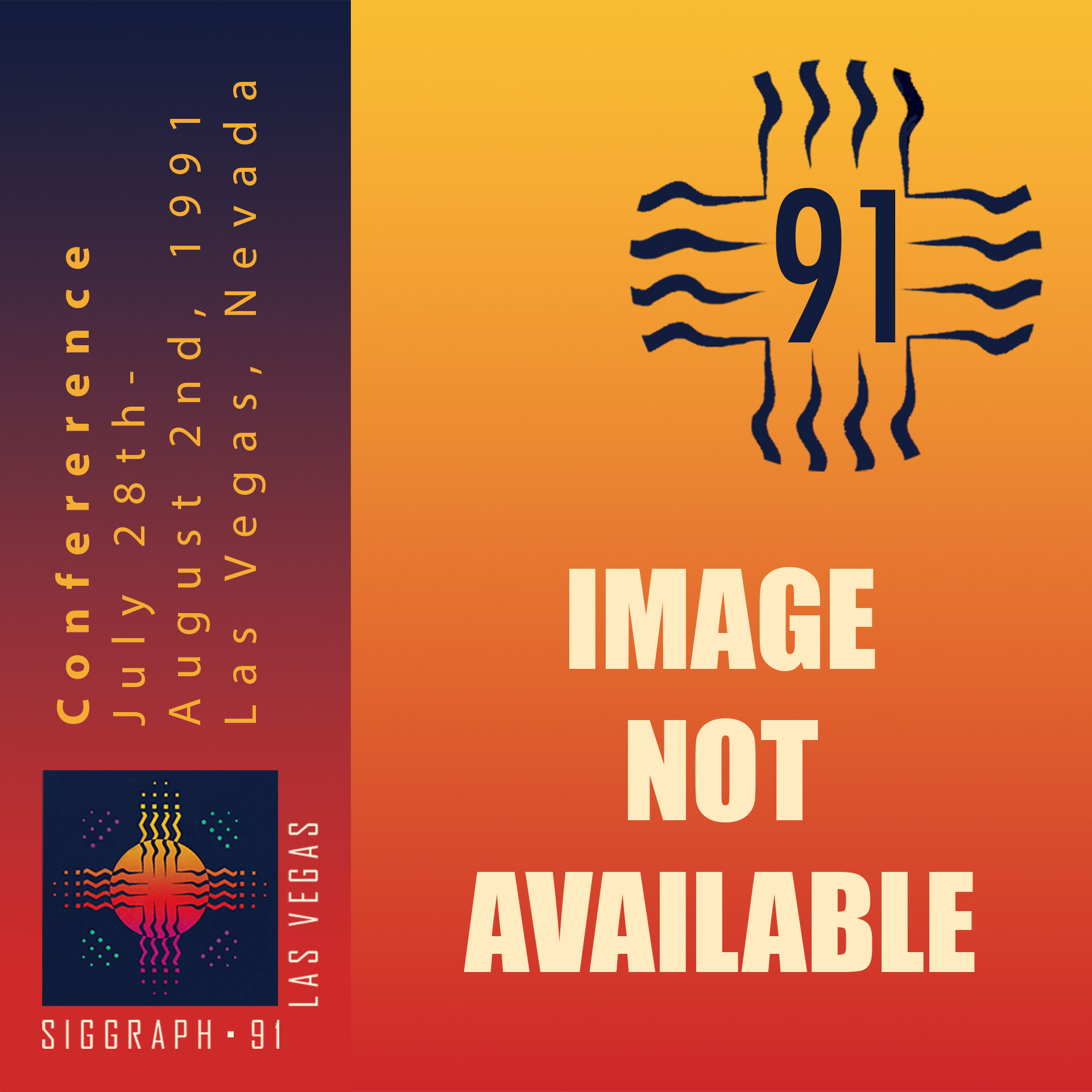“Mars Navigator” by Volotta
Conference:
Experience Type(s):
E-Tech Type(s):
Title:
- Mars Navigator
Program Title:
- Demonstrations and Displays
Organizer(s)/Presenter(s):
Project Affiliation:
- Volotta Interactive Video
Description:
This advanced multimedia exhibit combines space exploration, the latest computer and videodisc technologies, and new 3D animation derived from the JPL Viking Orbiter database to offer a lifelike, interactive simulation of a visit to Mars.
Mars Navigator was designed as a public-space exhibit through which people of all ages, especially those with no computer experi-ence, can choose their own overflight of some of the most interesting terrain on Mars while gathering information about the red planet. They use a map to preview flight paths, and a multimedia database to browse through various facts about Martian geology, exploration, and proposals for future visits to Mars. In the flyby, visitors can touch special full-motion video buttons that allow them to choose paths during the flight and seamlessly fly through huge can-vons, loop around an extinct vol-cano, or travel to the Viking One landing site, all without the blackout searches, freeze frames, and other artifacts usually associated with videodisc simulations.
The soundtrack for the flyby is the first Dolby Surround mix produced and licensed for an interactive multimedia application. With the proper surround system, visitors can hear the canyon walls of Valles Marineris rushing past, “feel” the sound of Pavonis Mons as they loop around it, and experience realistic jolts as they bounce off the ridges in Ophir Chasm.
In addition to English, other languages such as Japanese, French, German, and Spanish will be available on Mars Navigator. The current system configuration can easily accommodate eight languages.
Mars Navigator’s interactive design and user interface is not limited to simulations of visual flights over and through Martian scenery. Imagine that you could switch “filters” and fly through mathematical constructs that result from the magnetic fields on Mars, or that you could travel through the oceans of the world, molecular structures, the human body, or various “what-if” simulations where lifestyle choices with their effects on biological and social systems would be experienced. Mars Navigator demonstrates that these new ways of using interactive multimedia can become reality.
Two complete Mars Navigator systems are installed at The Technology Center of Silicon Valley in San Jose, California. Discussions to place additional systems are underway with a number of museums and science and technology centers in the U.S. and abroad. Enhancements are continually added to the experience, and consumer and education versions are being developed.
Other Information:
Hardware and Software: 3D Animation: Silicon Graphics IRIS, custom “path-picking” and rendering software. Delivery System: Macintosh Ilfx, 8 MB RAM and HD80. SuperCard front end with custom XCMDs, Mass Microsystems ColorSpace Ili and FX, Digidesign AudioMedia, Pioneer LD-V8000, MicroTouch touchscreen, various multisync monitors and projectors, stereo or Dolby Surround audio systems.





